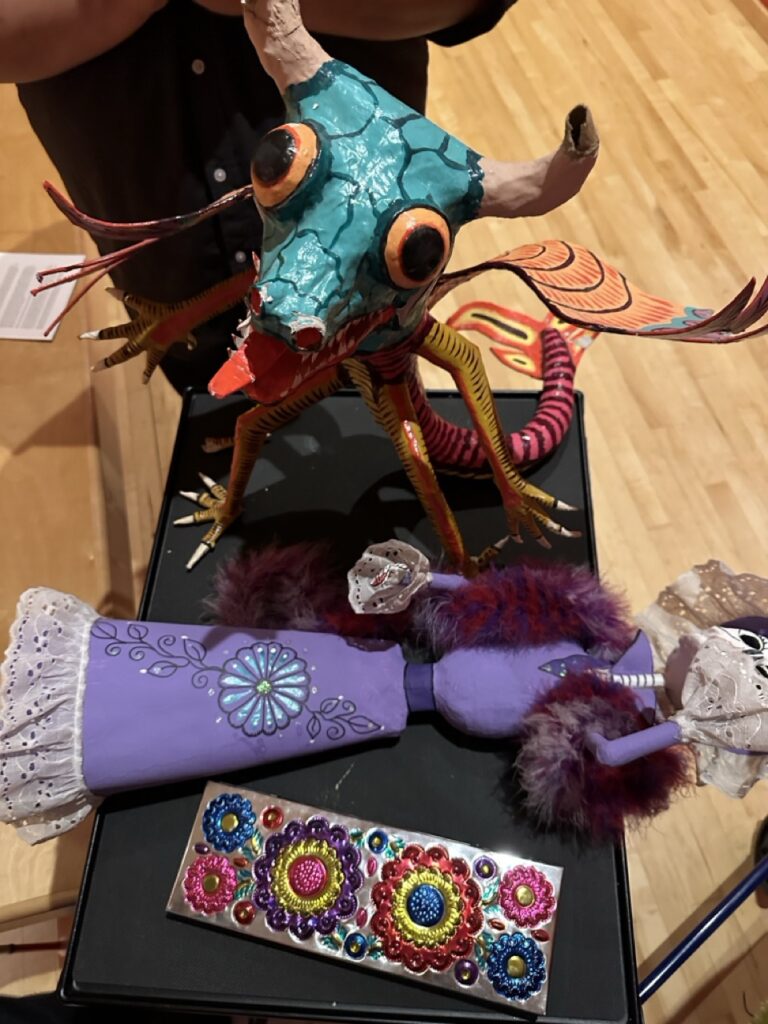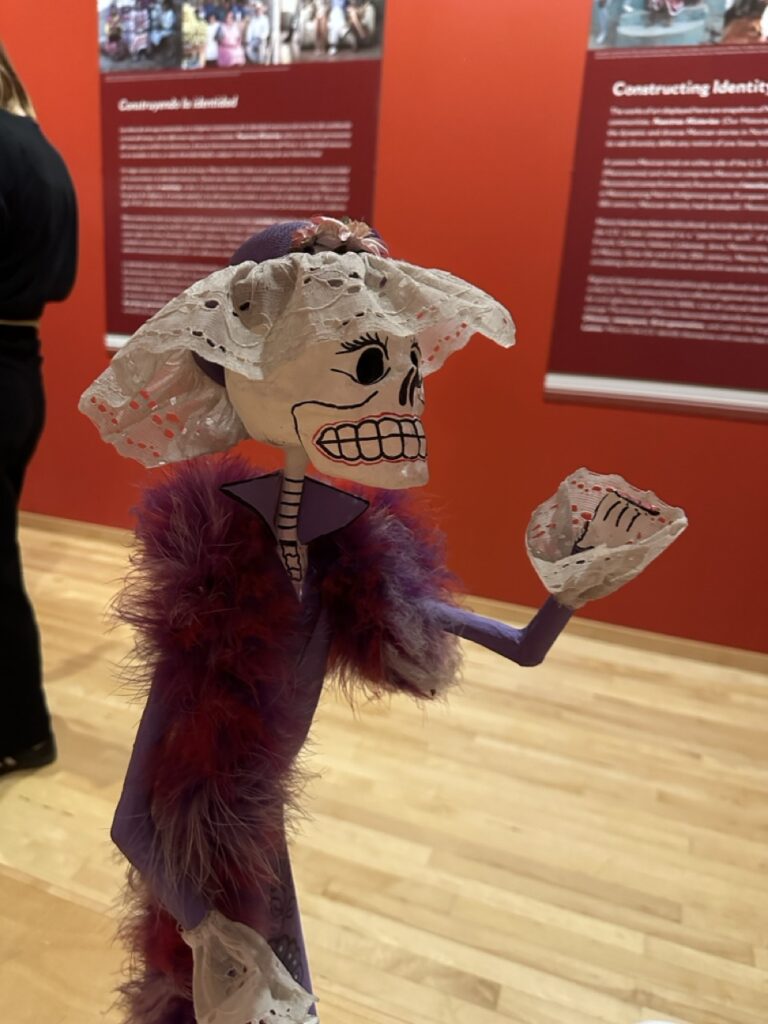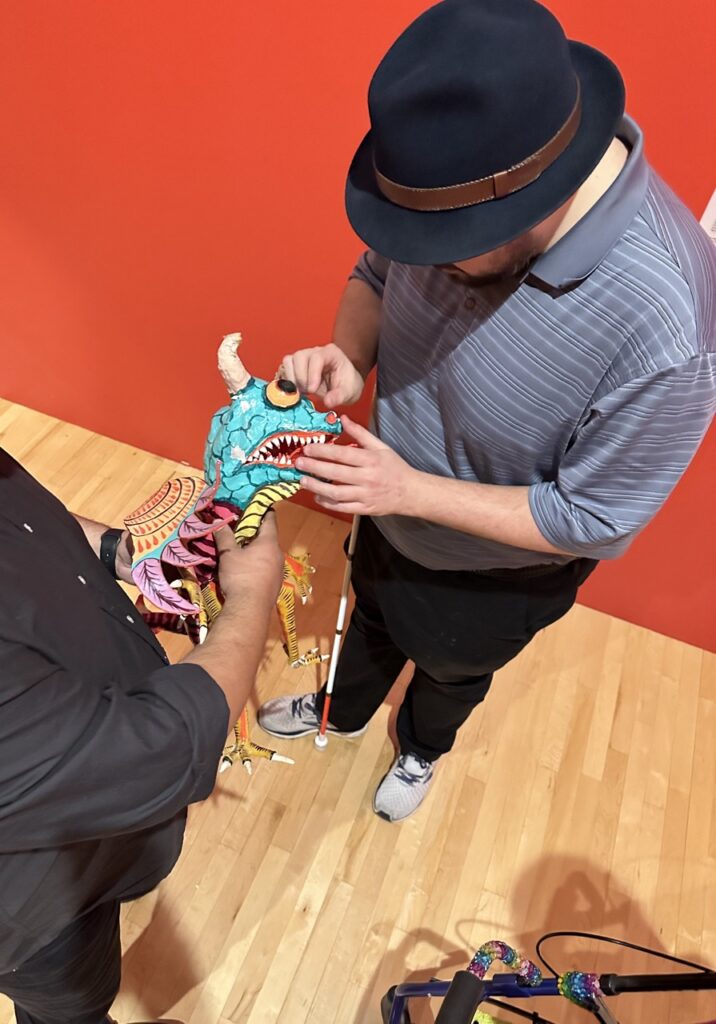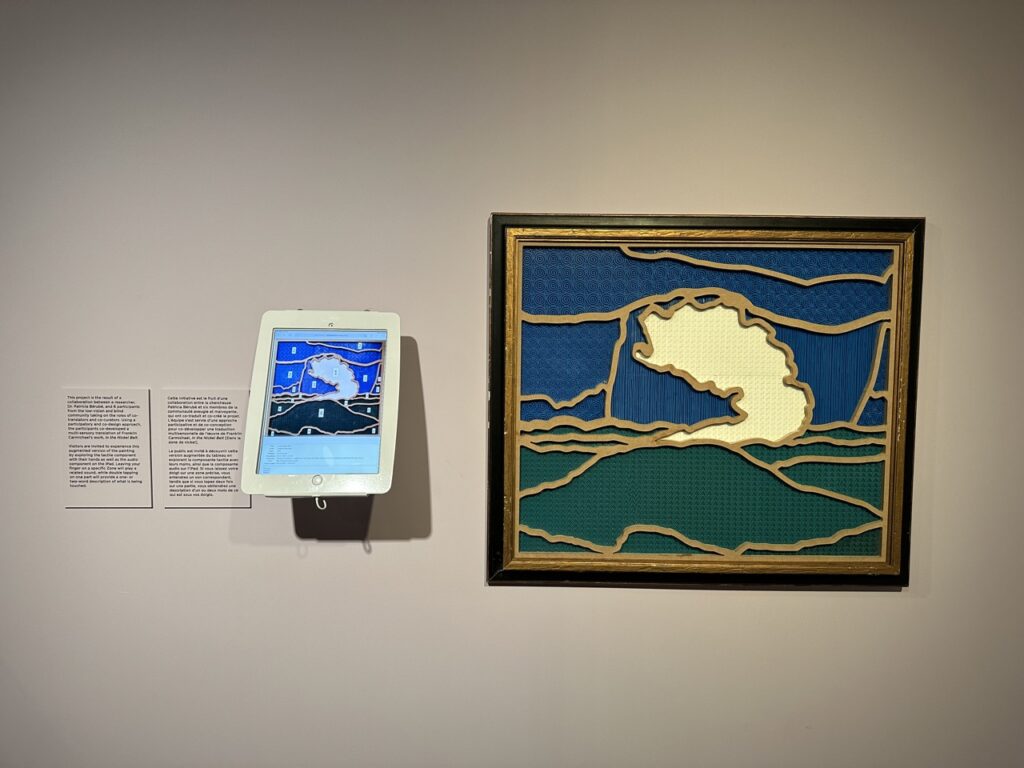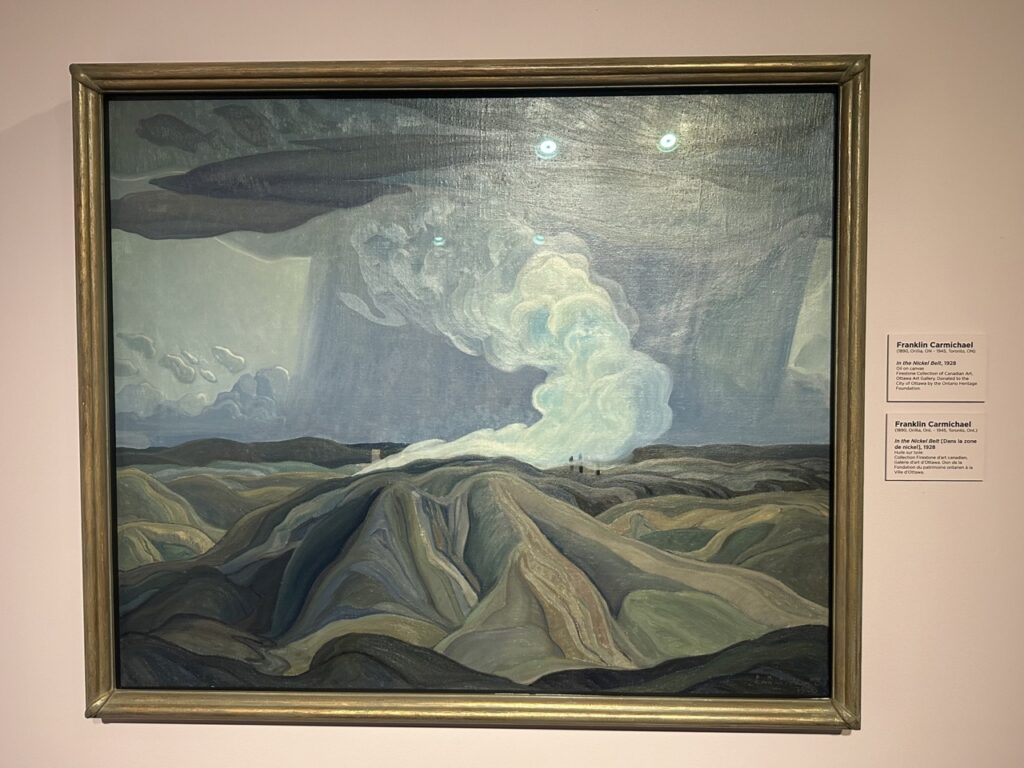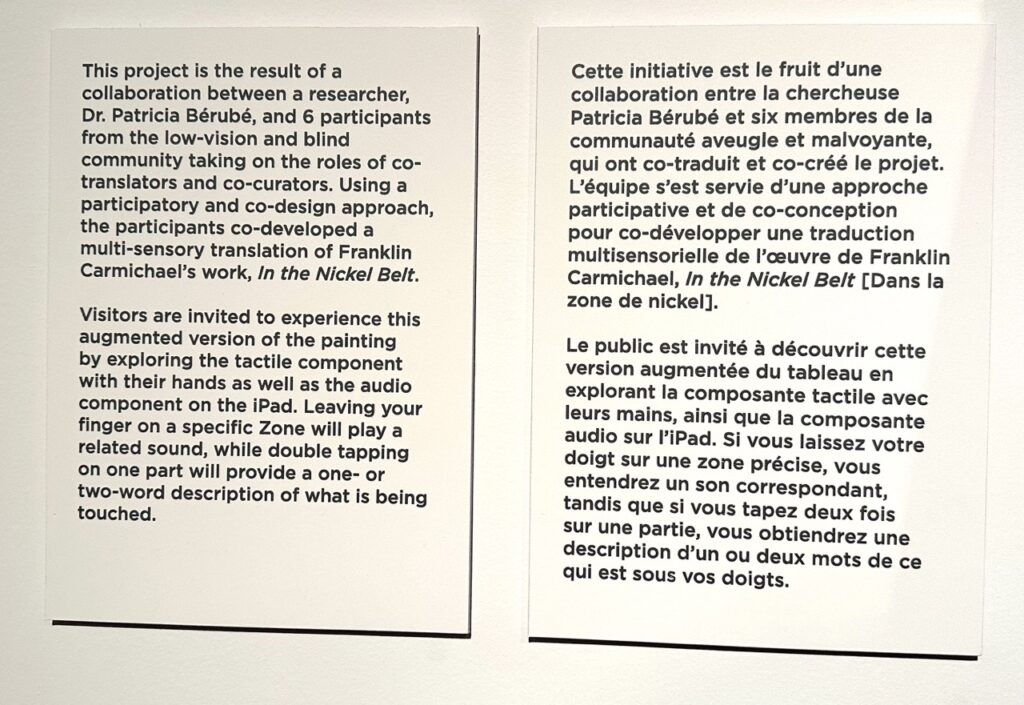The National Museum of Mexican Art, in Chicago, not only has a great collection of Alebrijes and depictions of La Catrina, but has touchable versions as well as those behind glass. A great example of how when working with living and contemporary artists, when creating new experiences, there is ample opportunity to cost-effectively make artifacts and objects that can be explored through touch as well as sight. Multimodal interaction increases opportunities for inclusive accessibility, and deeper engagement among all audiences.
